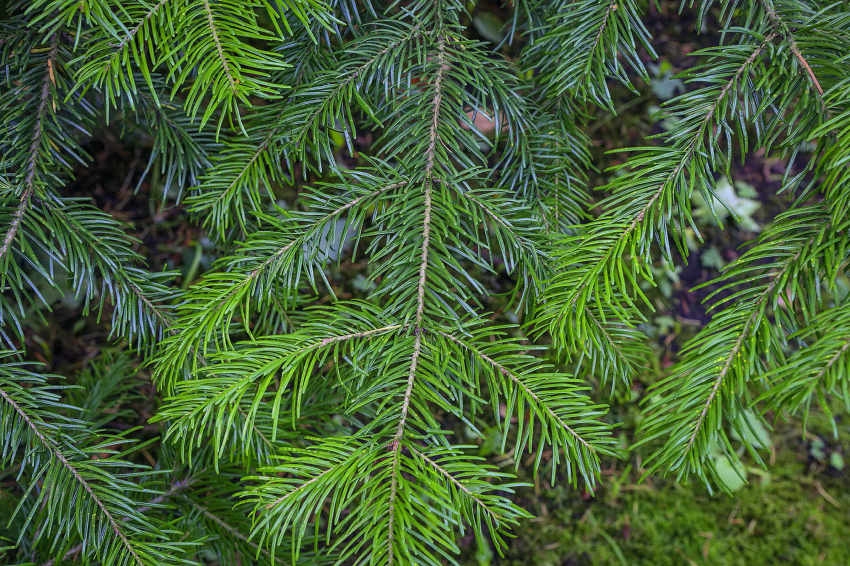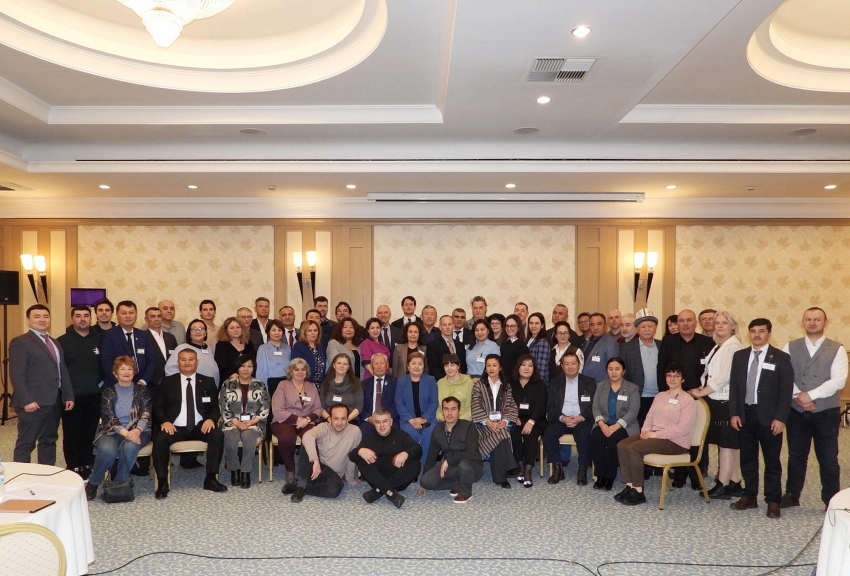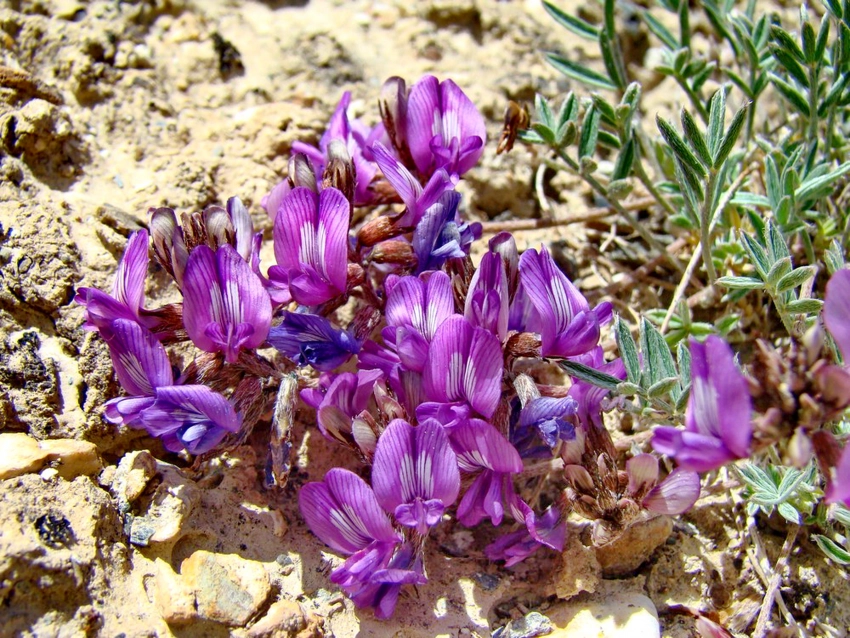KGZ12 Sargata Key Biodiversity Area
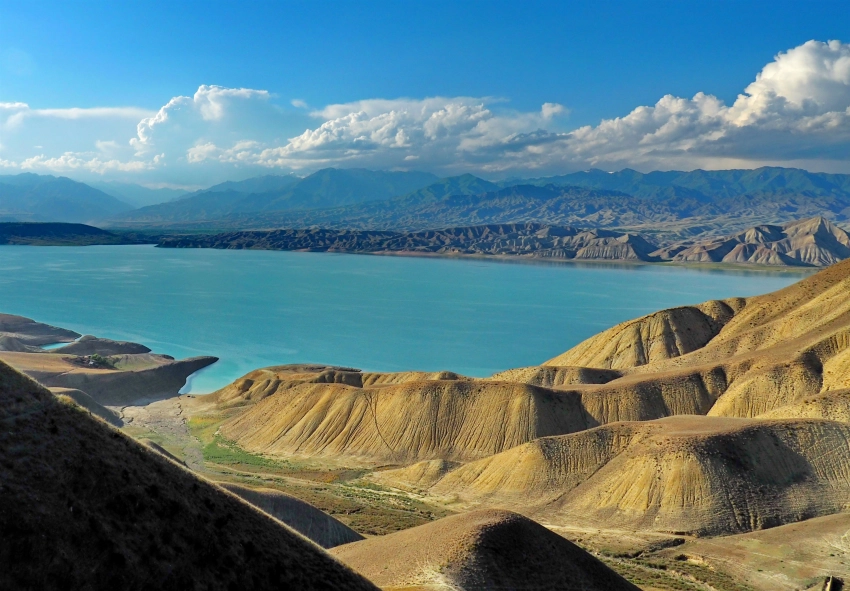
Square: 4000 ha.
KBA category: B1
Species that initiated the designation of KBA [and other globally threatened species that are present in the KBA but have not been confirmed to meet the global KBA criteria]: Phlomoides korovinii, Phlomoldes milkoi, Tanacetopsis korovinii
Protection areas: no
Settlements on the territory of the KBA: no
Adjacent to the territory of the KBA: Sargata, Kyzyl-Uraan, Bel-Kara-Suu, urban settlement Ketmen-Dyube, Bor-Debe, Taktalyk, Uch-Terek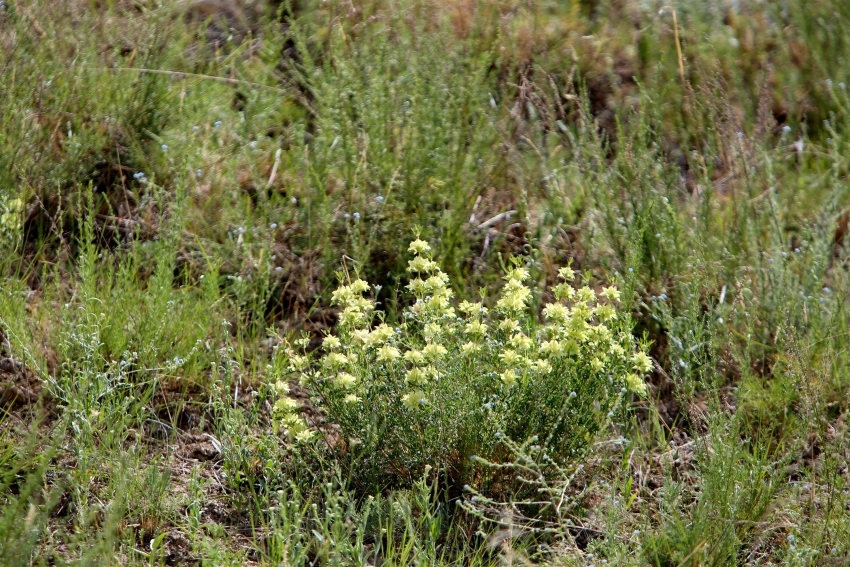

General Description: Desert and steppe foothills are one of the most impressive natural features of Sargata. The tranquil beauty of the arid landscapes with challenging topography is suitable for any type of outdoor activity, from picnics and short hikes to longer trips and horse riding.
In the Toktogul region, summers are warm, dry and partly cloudy, and winters are frosty, snowy and sometimes cloudy. Throughout the year, temperatures usually range from -9°C to 30°C and rarely fall below -16°C or above 34°C. The best time of year to visit the area for the purpose of relaxing in warm weather is from mid-May to mid-September.
The main watercourse of the area is the Sargata River, one of the tributaries of the Naryn.
On the left side of the Sargat River there is the Taktalyk mountain range, which is adjacent to the small ridges Kargysh (Curse), Borү-Dobo (Wolf Hill), Too-Zhugun (Camel Bow) and Sasyk-Kulzha (Smelling Kulzha - male argali, wild mountain sheep) . Each of these names is associated with a certain legend or legend.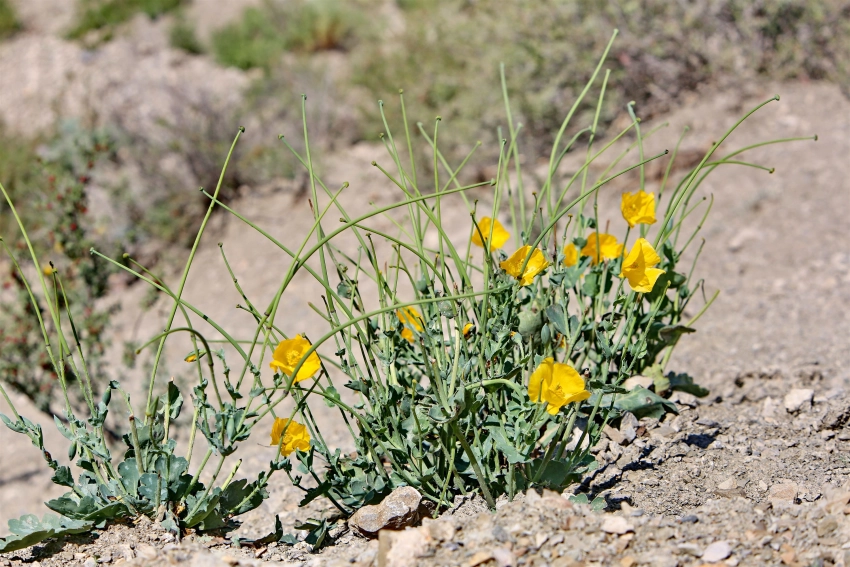
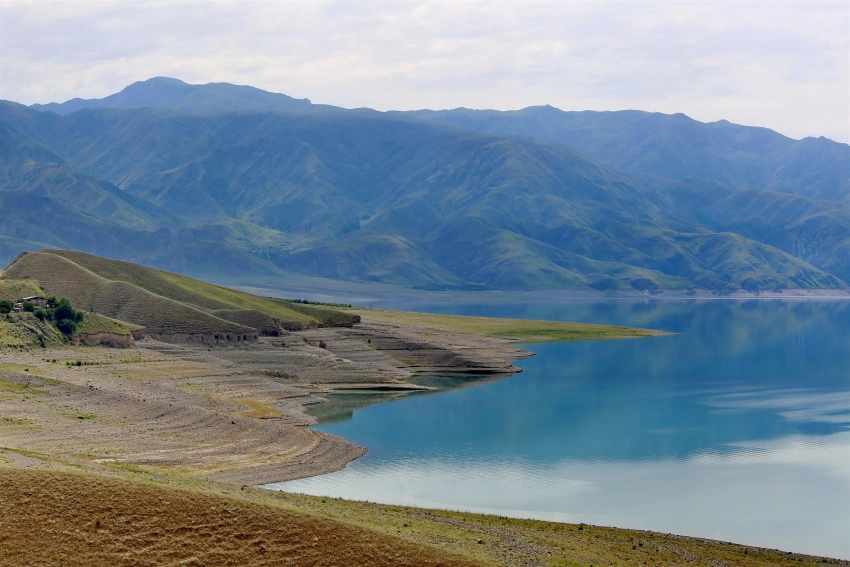
In these mountains there are roe deer, wild boars, lynxes, martens, and porcupines. The river, its small tributaries and their banks are inhabited by fish, frogs, lizards and snakes. There are many different birds in the Sargata floodplain.
The vegetation cover of the deserts and semi-deserts of Sargaty is very sparse. It is formed by perennial drought-resistant plants, mainly shrubs and subshrubs, such as wormwood, teresken, prutnyak, and solyanka. They are characterized by a small, leafy surface, many of them are succulent in nature. Feather grasses (from turf grasses), especially Caucasian feather grass, are also often found. Characteristic of deserts and semi-deserts are ephemerals and ephemeroids - annual alyssums and wheatgrass, viviparous bluegrass, desert sedges, tulips. 
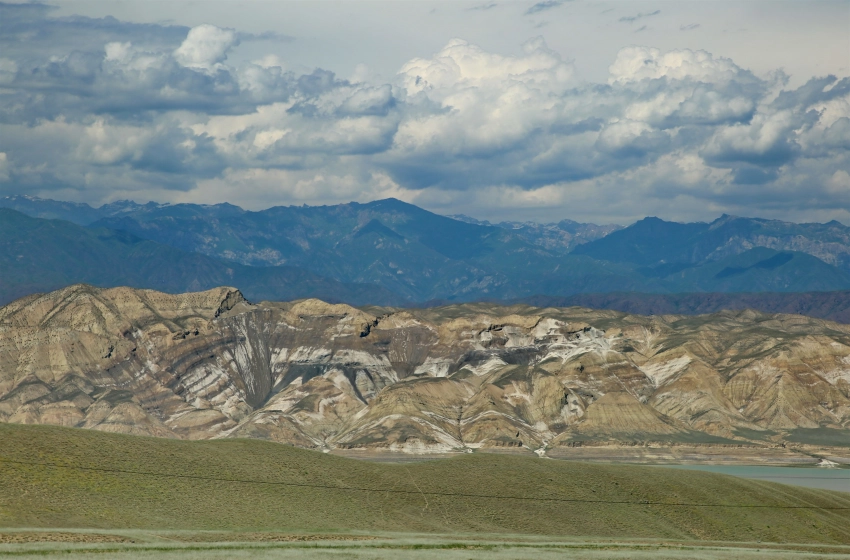
They grow and develop only during one or two of the wettest spring months. The rest of the year, these plants exist in the form of seeds, or underground organs, protected from drying out by a thick peel or multi-layered leathery scales (bulbs, rhizomes). Rare endemic plants such as Korovin Zopnicek, Milko Zopnicek, Korovin Tanacetopsis grow in the KBA.
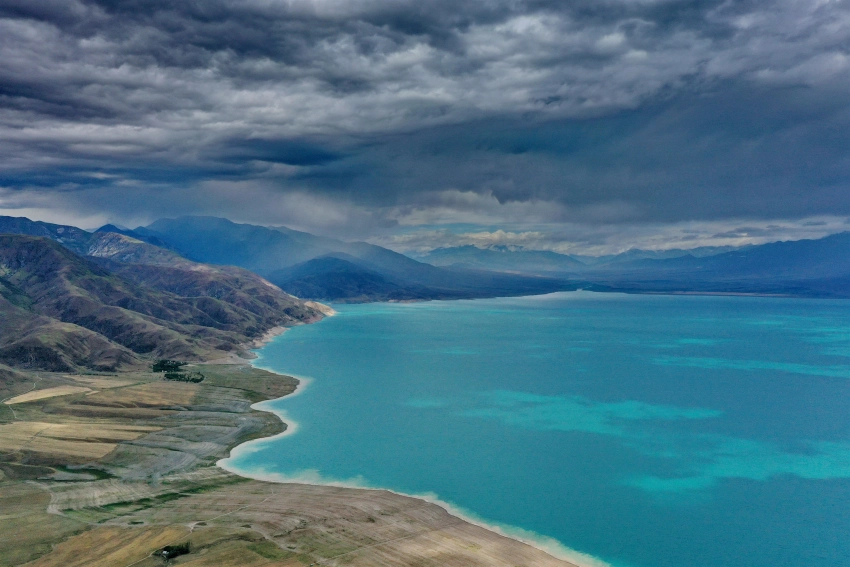
Settlements: Sargata is a village in the Jalal-Abad region of Kyrgyzstan. It is part of the Toktogul district. In 2021 its population was 2,962. The village is located at an altitude of 1057 m above sea level. Most of the land in the district is considered unsuitable for agriculture due to lack of irrigation, poor soils and landscape features. However, most of the population of Sargata practices agriculture - mainly cultivating cereals and vegetables, gardening, collecting forest products, and grazing livestock on natural pastures.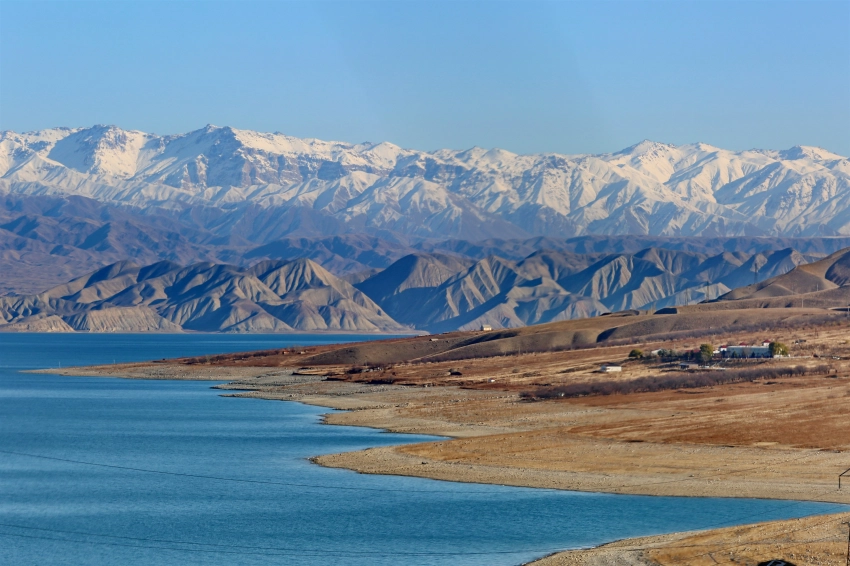

Ecological problems:The population of the village of Sargata still fully feels the consequences of the creation of the Toktogul reservoir, during the creation of which 33 thousand hectares of land were taken out of agricultural use, 23 thousand hectares of agricultural land, forests and household plots, and 22 settlements remained under water. The population of these territories was resettled to uninhabited lands unsuitable for agricultural activities; The negative consequences of this resettlement are still affecting us to this day.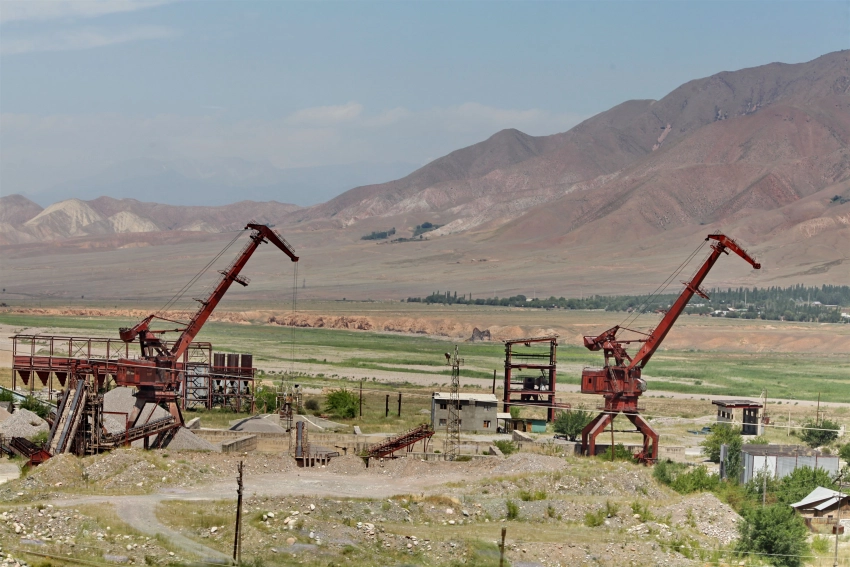
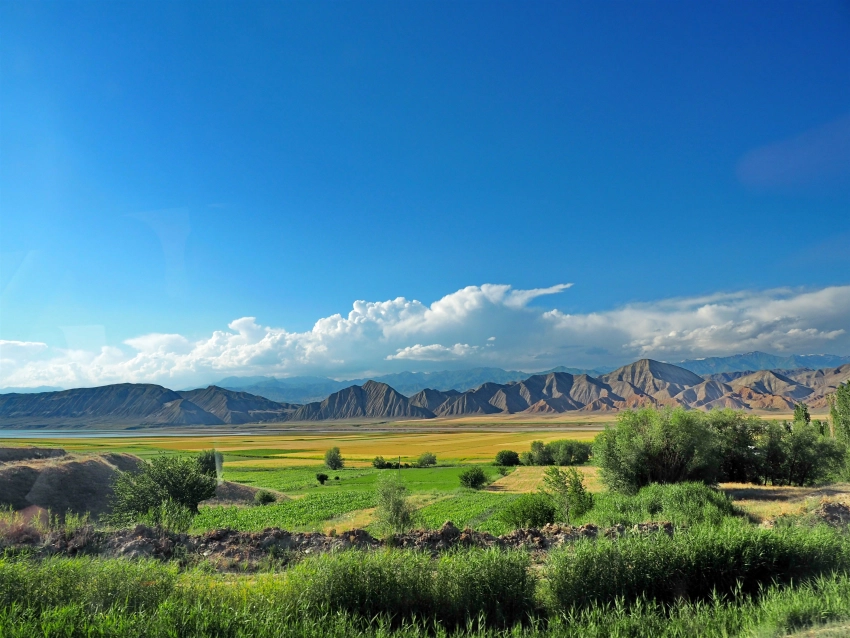
Of the 15.8 thousand hectares of land planned for development, only 6.3 thousand hectares were compensated, and these lands were low-fertility, conditionally irrigated, located on small contours. Pumping stations are used to irrigate 4.4 thousand hectares. The transfer of settlements to the waterless foothill zone, which has a complex topography with unproductive lands, led to a large shortage of agricultural products. In addition, due to the lack of agricultural land in the Toktogul region, about 40% of the population does not have land shares. This has led to low income levels, with 55.7% of the population living below the poverty line*.
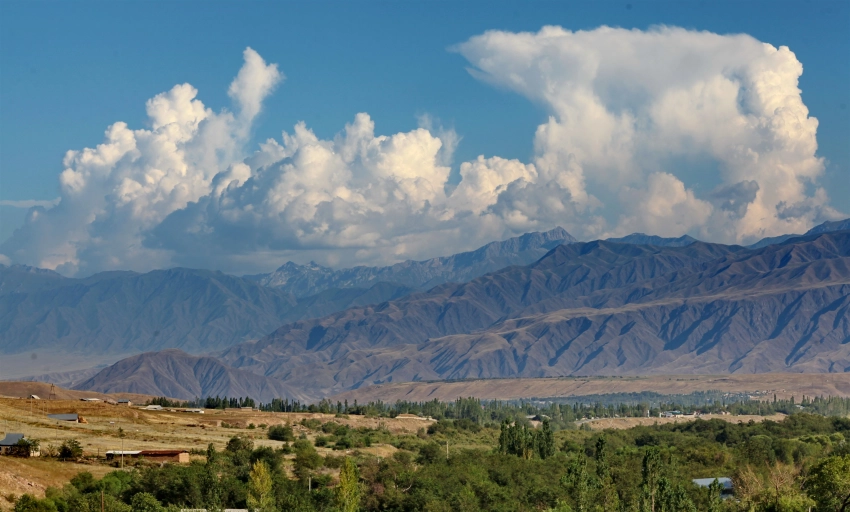
Attractions: Holy place "Uch-Terek" According to legends, the Holy Place “Uch-Terek” has been revered since the times of the batyrs Zhanysh and Bayysh. These poplars were planted at that time, that's exactly how many years they have existed. The peculiarity of this place is that in ancient times a man named Esenbai cut down one of the poplars and died from a purulent, peptic ulcer. They say that when he chopped down a poplar, blood flowed from the tree and a heart-rending scream was heard.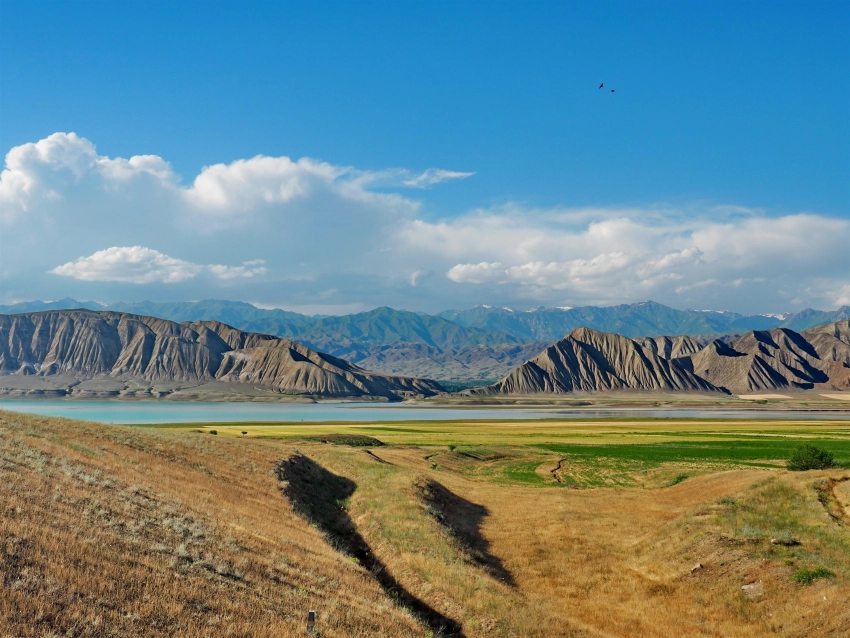
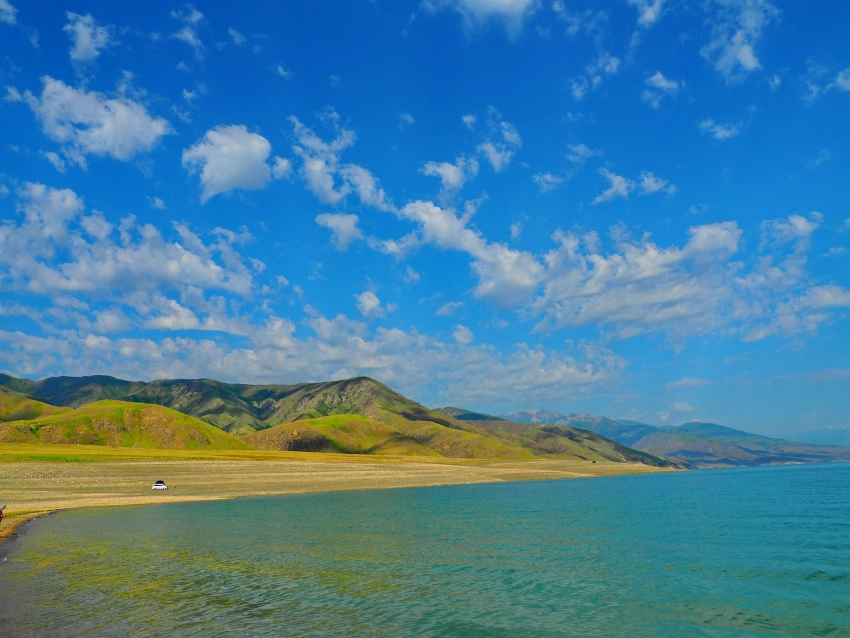
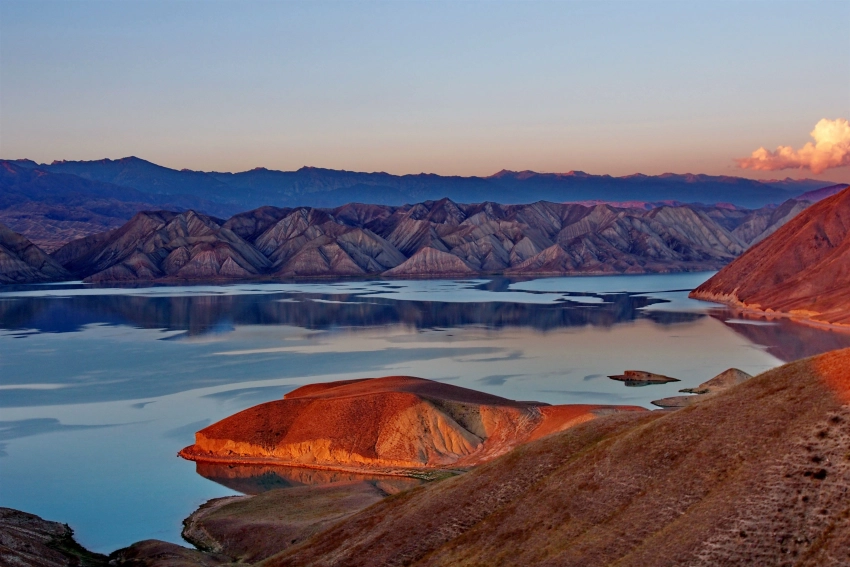
* According to
**https://aigine.kg/?page_id=8368

